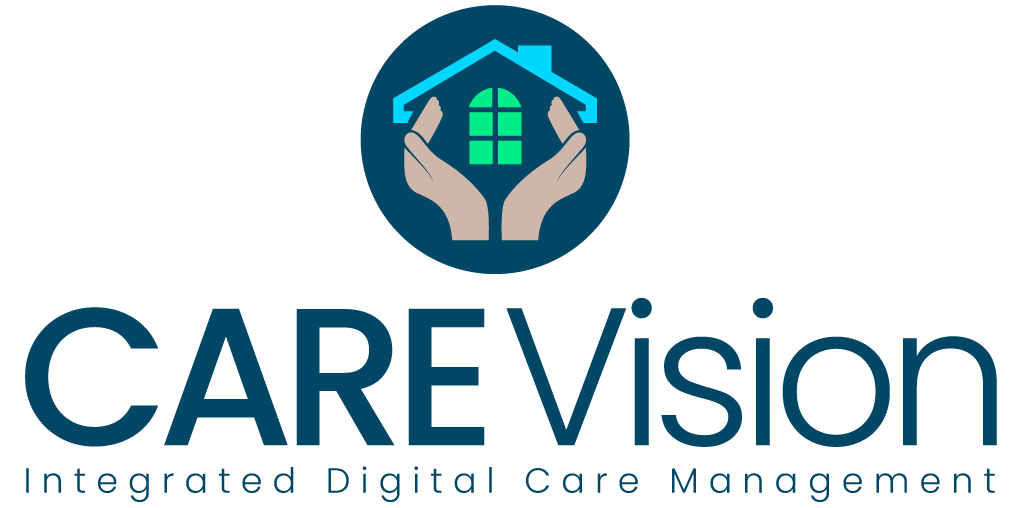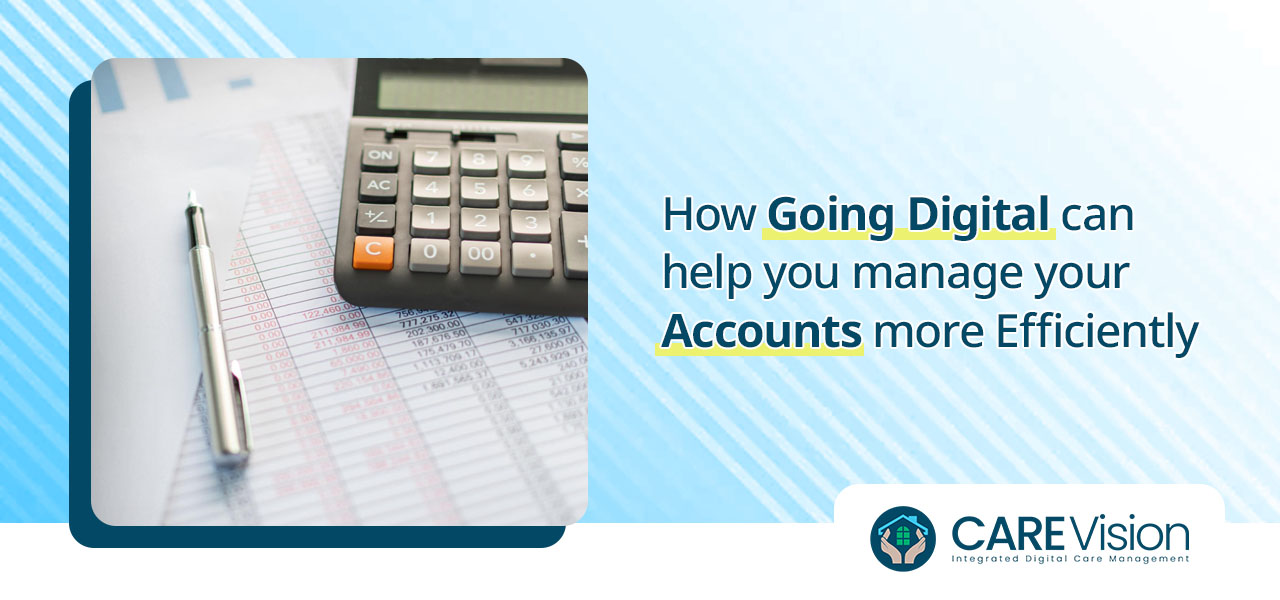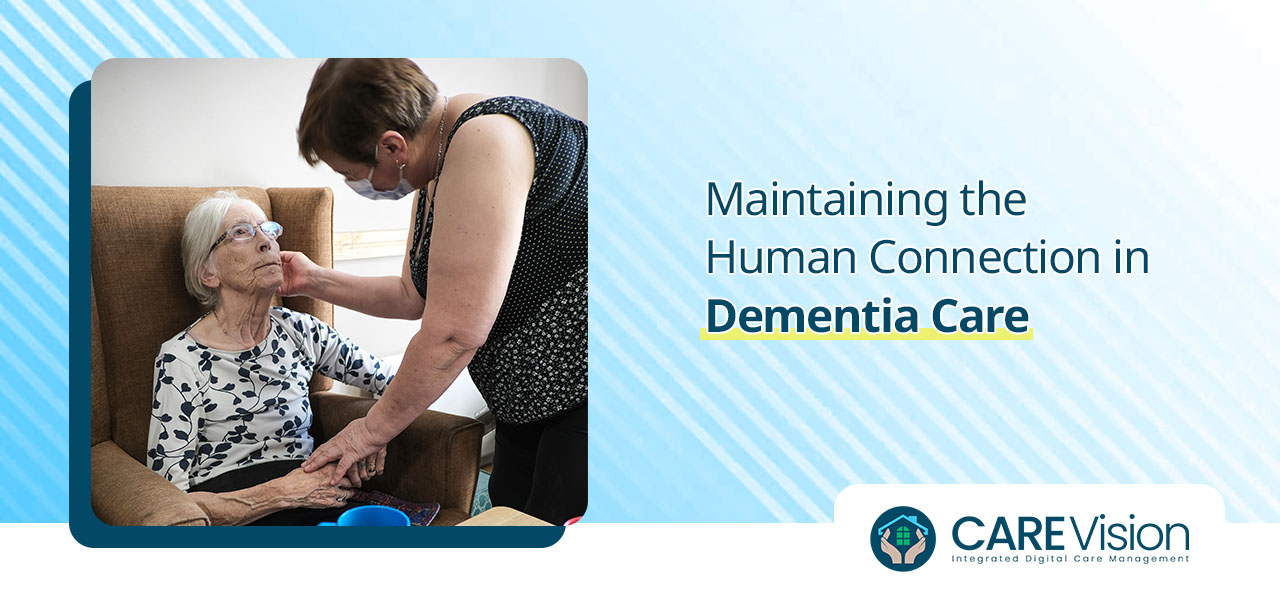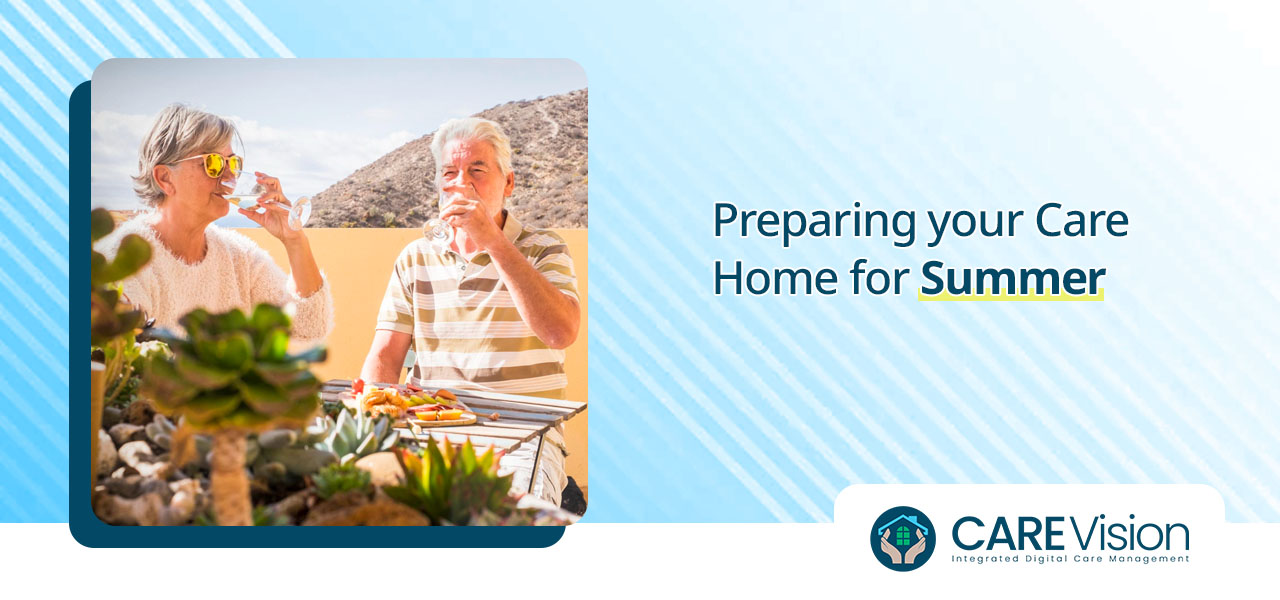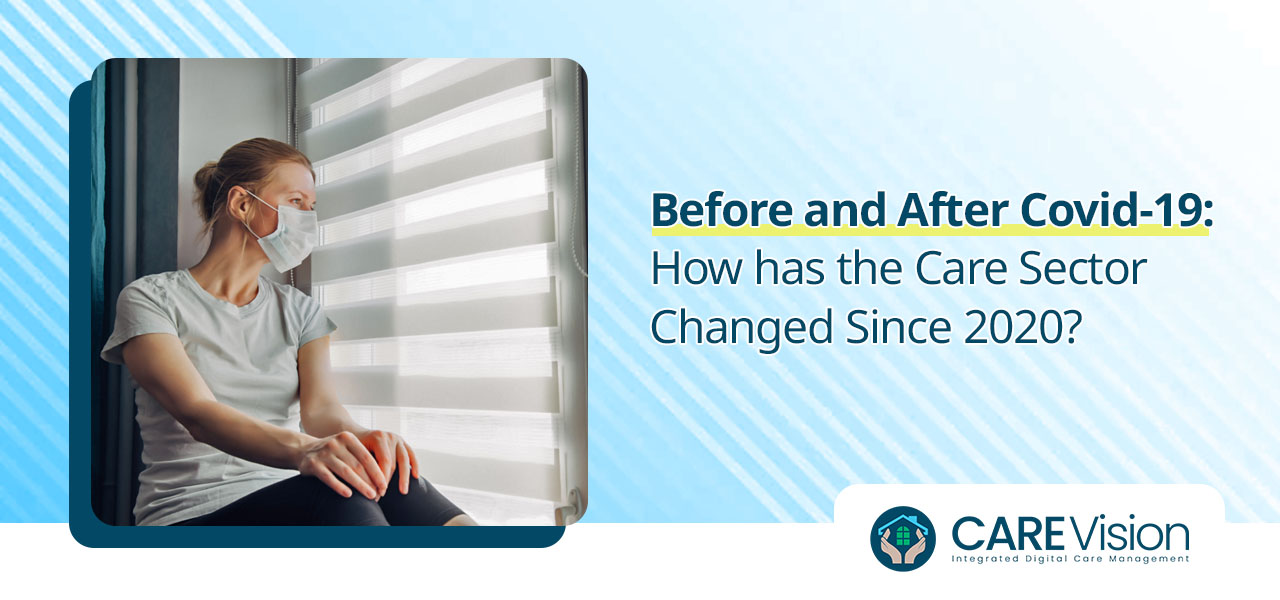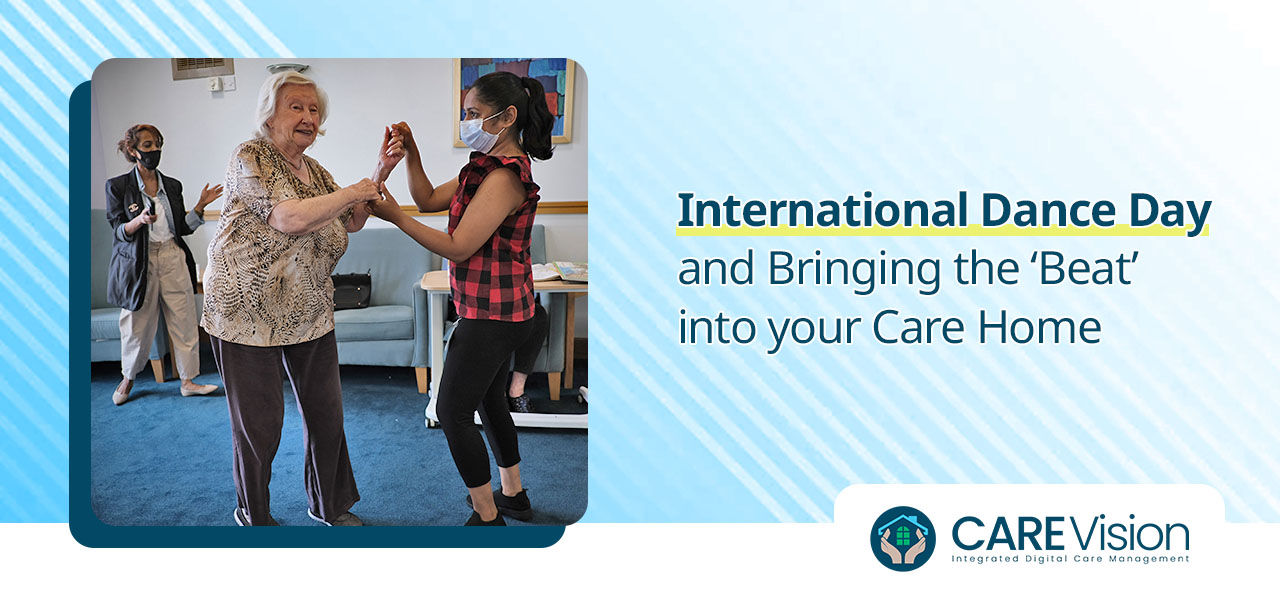As June arrives, so does National Osteoporosis Month – an awareness-raising initiative organised by UK charity, Royal Osteoporosis Society. Osteoporosis is a bone condition that leaves bones more fragile than usual and more prone to breaks and fractures. It often accompanies other conditions, such as Parkinson’s Disease and can make trips and falls in those affected far more serious and longer to recover from. We start losing bone mass from our thirties, with the menopause being a significant time for bone resorption (or ‘shedding’) for women as their levels of oestrogen drop.
Healthy diets incorporating lots of sources of calcium, along with regular weight-bearing exercises, can help mitigate against the effects of this debilitating disease. Bones are constantly repairing themselves and developing. As we mature, so our bones need different levels of calcium to protect them, as well as maintain strong teeth and support our nerves, kidneys and muscles. For people who may find it harder to carry out regular weight-bearing exercises, osteoporosis can become harder to keep at bay.
Here are some ideas to help care home residents look after their bones.
Best bone nutrition
Meal planning should take into account the need for older and vulnerable people to consume enough calcium, omega-3s and Vitamins D and C to keep their bones stronger and less likely to fracture during a fall. So, plan meals that contain lots of diary, fish, eggs, nuts, seeds, flaxseed oil citrus fruits, berries and green vegetables. If you have any vegans among your community or people who cannot, or prefer not to eat or drink dairy, look for other ways to get calcium into their diet. More advice is available on the Royal Osteoporosis Society website.
Exercise and activities
As already mentioned, regular weight-bearing exercise can help keep osteoporosis at bay, or at least help to lessen its impact on people’s bones. Plan a series of gentle exercise sessions for your residents, aimed at slowing down bone loss and strengthening bones to help prevent fractures. Some ideas for activity sessions include walks around the grounds or local area, brisk marching, stamping or skipping, dancing, low-level jumping, jogging on the spot and stair climbing. Incorporate two or more of these ideas into a session to add variety and make it more enjoyable by playing some music while you exercise.
Weight monitoring
Many people can lose weight as they age, or live with a chronic condition. However, if you lose too much weight, this can have a serious effect on bone health and the likelihood of fractures and breaks. By using a digital tool, such as the weight loss monitoring function on the Care Vision care management system, staff can track residents who seem to be losing weight to make sure that they remain within health parameters and plan ways to keep weight stable and protect bone health. This can be tied in with meal planning, to make sure that residents are being offered food and drinks that they enjoy and can consume easily, as well as provide the right amount of nutritional value.
Falls prevention and observation support
Care homes can put in place a number of initiatives to help prevent falls. These can be simple things, such as boking eye tests and hearing tests to check for balance issues, as well as tidying away trailing flexes and curled up rugs and adding extra lighting to darker areas of the care home.
If a fall does happen, digital care management software can help track the person’s recovery afterwards as part of the post-falls observation tool. It stores details about the cause of the fall, plus advice on how to stop it happening again. The in-built matrix looks at time of day, location, effects and causes and builds up a picture of individual residents’ specific risk factors. This includes whether or not the person has been diagnosed with osteoporosis and how their bone density has been affected as a result.
Increasing osteoporosis awareness
Finally, why not use this National Osteoporosis Month as an excuse to raise awareness of bone health and the importance of protecting ourselves against loss of bone mass? Ideas could include inviting a local speaker to give a talk on the subject, asking your local health centre to carry out bone density tests, and exploring the subject together online. You could hold a cake sale or other fundraising event to raise money for the Royal Osteoporosis Society and help spread the word even wider.
